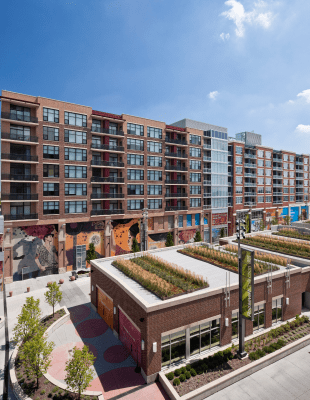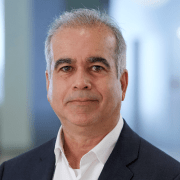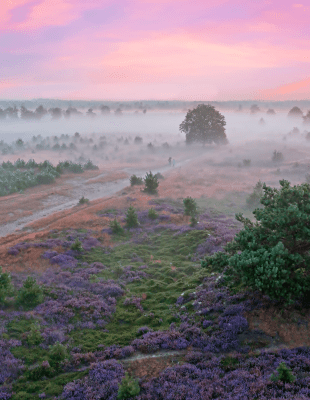Integrating nature-based solutions for true sustainability
Regenerative comes from the Latin verb regenerāre, meaning to “bring forth again.” It is a word that is typically applied in biology to tissues and organs, a salamander’s finger, or a sea cucumber’s nervous system. It is associated with many other words with the re-prefix, like regrow, revitalize, restore, and renew. A regenerative system is one in which all elements are interconnected, and each element relies on the others to maintain and thrive for the betterment of the whole. Rather than understand humans, nature, and the built environment as three separate entities, they can be viewed as one system. In this way, the substance of ourselves and the substance of our designs are enmeshed with the substance of nature. These concepts lead us to regenerative design. It is defined by the ability to use design in a way that allows nature and humans to coexist, and thrive in that coexistence, ultimately restoring our ecosystems and creating resilient places
Plants are, in many ways, already working with us to respond to climate change. They trap carbon, reduce temperatures, catch pollutants, purify water, and recover soils after natural disasters. Cities suffering from urban heat island effect—an increase in temperature due to a dense concentration of buildings and pavement—can be up to 10 degrees warmer than surrounding rural areas, creating higher pollution levels and increasing illness and death. Green space can help cool the environment, while also acting as a carbon sink, offsetting some of the carbon accumulation in urban areas with significant sealed surfaces such as sidewalks and buildings. Only one square meter of green roof is needed to offset a car’s annual particulate matter emissions. These natural solutions can be paired with recent innovations such as materials that capture carbon like paint manufactured from waste-cement.

In addition to green space such as parks, urban farms can be incorporated into areas with a high quantity of unused roof space, which can be cultivated to provide fresh and affordable food to local communities and mitigate the impact of these reflective surfaces. Locally grown food also helps to reduce the energy consumption of transportation, enhance biodiversity, and offer habitats to pollinators. The UAE has already incorporated these strategies into the ‘We The UAE 2031’ vision, which aims to enhance the production capabilities of local farms, secure one hundred percent of government food-related purchases from local farms by 2023, and lay the foundation for food security for future generations.

Incorporating the natural world into our design solutions also offers significant benefits for our health and wellbeing. From an architectural point of view, the principle of biophilic design centers around connecting people and nature, bringing elements of our natural world into the built environment, such as natural light, water, plants, natural materials such as wood and stone, the feel of textures, patterns, and shadows. Studies show that green spaces directly affect the cognitive development of children and promote self-control behaviors. Inner-city landscaping in the forms of greenways and parks also encourage active travel and physical exercise, while gardening has shown to offer cognitive benefits to seniors
Nature has always played an important role in the human imagination and expression of the built environment. A regenerative approach allows the greening of our buildings and cities to take on new meaning and purpose. Rather than continue on a path of anthropocentrism, we must recast nature as a partner in the design of our built environment, in our ways of life, and in our methods for tackling the complex challenges of our time.







